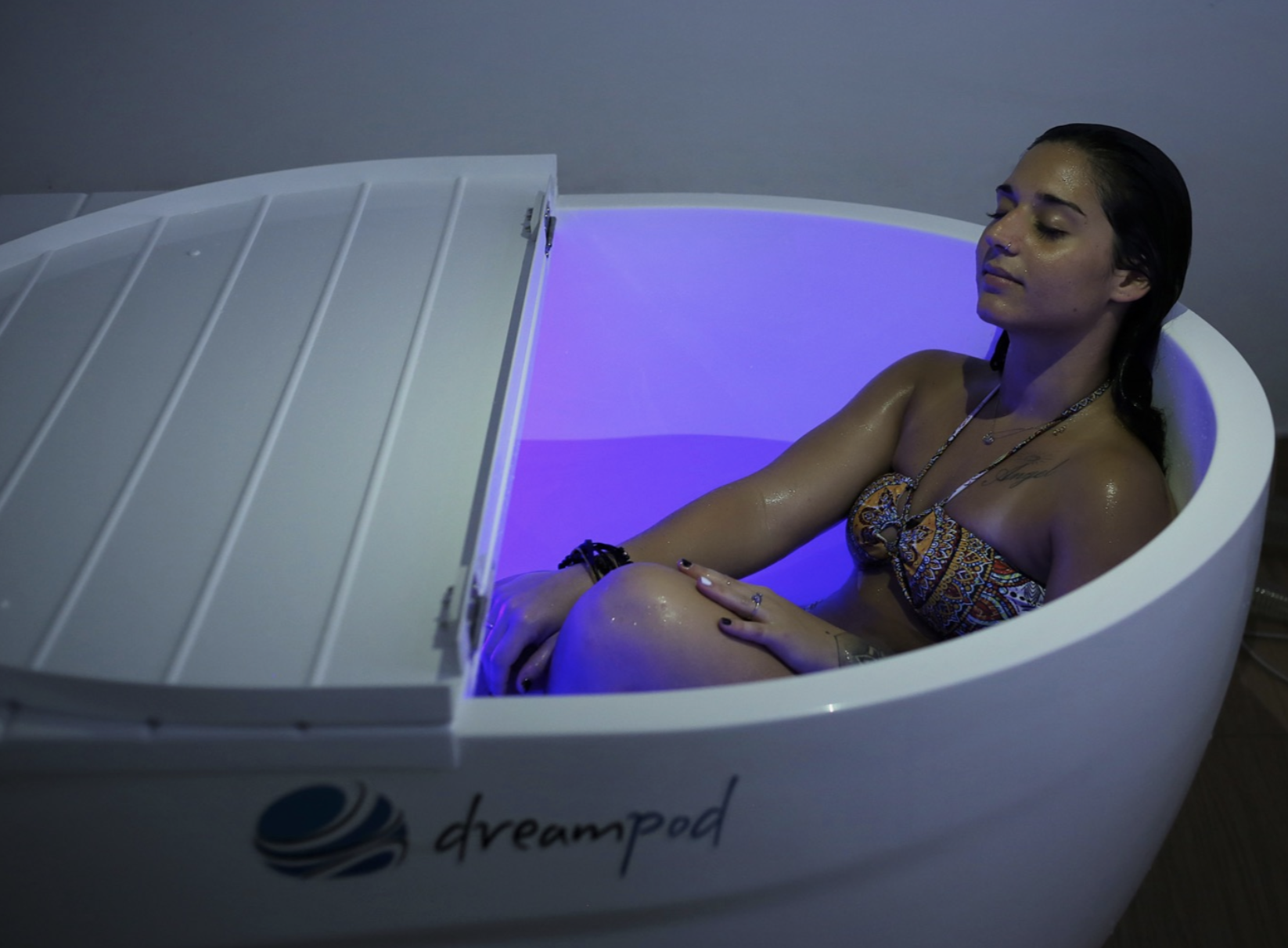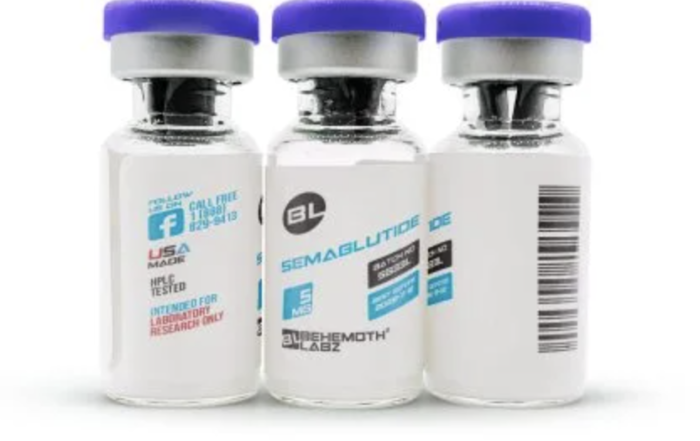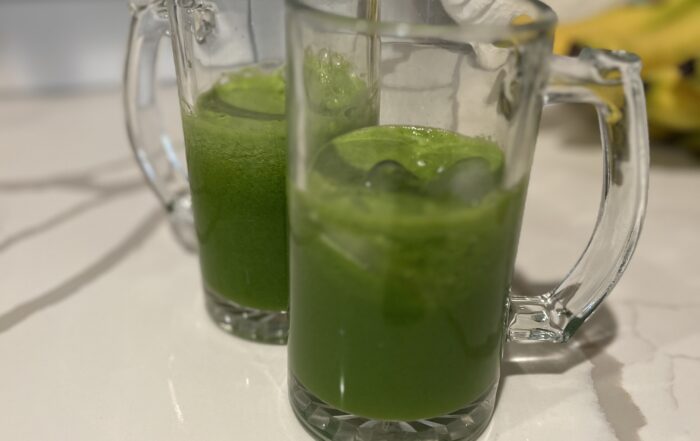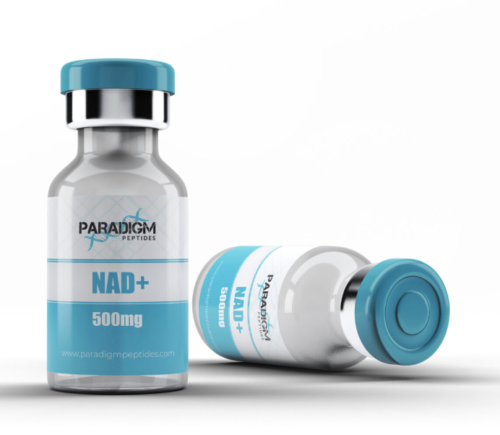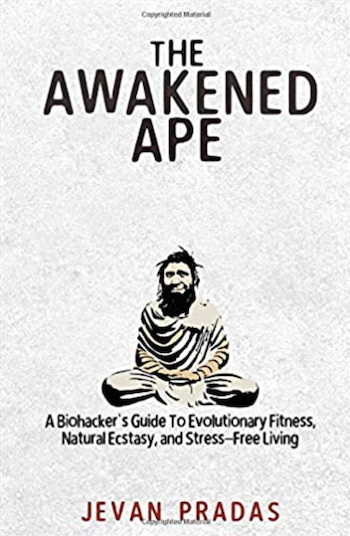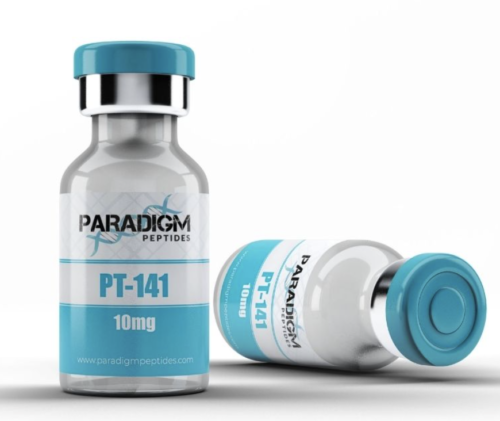Recovery
Welcome to our page dedicated to the art of recovery and healing, where we explore the transformative power of biohacks in improving your recovery time. Whether you’re an athlete aiming to optimize performance or someone recovering from an injury or illness, the ability to recover efficiently is vital for achieving optimal health and well-being.
Recovery is a multifaceted process that involves restoring physical, mental, and emotional well-being. Biohacking offers innovative techniques and practices to optimize our body’s natural healing mechanisms, accelerating the recovery process and enhancing overall wellness.
In this comprehensive guide, we will delve into various biohacks that have shown promising results in improving recovery time. From nutrition and hydration strategies to targeted exercises, sleep optimization techniques, stress reduction methods, and innovative therapies, we will provide you with evidence-based information and practical advice to empower you on your recovery journey.
It’s important to note that every individual’s recovery needs are unique, and what works for one person may not work for another. We recommend consulting with healthcare professionals and experts in the respective fields before implementing any new strategies, ensuring they are tailored to your specific circumstances.
Get ready to unlock the potential of biohacks and discover effective ways to enhance your recovery time, optimize healing, and support your overall well-being. Together, let’s embark on a transformative journey towards faster, more efficient recovery and a healthier, stronger you.
Top Recovery Tips & Tricks:
The warm up is arguably the most crucial aspect of working out (yet the one that’s probably neglected the most). Yes, you’re pressed for time, but surely it won’t help to thrash your arms and legs around for ten minutes? Wrong. By skipping your warm-up, you put your muscles under more strain because they have to work much harder in the cold. You also increase your risk of injury.
Before engaging in any strenuous activity, whether it be running or lifting weights, it’s necessary to ease your muscles into exercise. There are numerous advantages to warming up before you start working, in addition to injury prevention:
- Increased flexibility
- Increased blood flow and oxygen
- Improved performance
- Better range of motion
- Lower risk of injury
- Reduced muscle tension
There are lots of ways you can warm up for a workout, from static stretching – such as a standing hamstring stretch – to dynamic or movement-based stretching like lunges, squats or jogging on the spot.
Recovery from a workout depends on hydration. You won’t be able to recover and benefit from all of your recent hard work if you don’t have enough water in your body. Your body benefits from water in a variety of ways, including by delivering nutrients and oxygen to your cells and controlling body temperature. Your body struggles to maintain a stable heartbeat and maintain appropriate blood pressure without adequate fluids. Drinking water will help you recover from your strenuous workout.
********************************************************
Hydration is essential for post-workout recovery, as is obvious. The precise amount of fluid you require before, during, and after a workout depends on a variety of factors, including how long you’re exercising for, the weather (humidity and heat), and more. Nevertheless, in general, if you’re perspiring profusely, it’s definitely a good idea to reach for the water!
Our bodies lose water when we sweat, leaving us dehydrated. This condition can cause a number of issues, including weariness, headaches, and muscular cramps, not to mention generalized decreased physical performance. The best approach to rehydrate is with plain old water, but as we’ve all heard, you can never have too much of a good thing.
Which leads us nicely onto our next point…
As you perspire, you also lose electrolytes in addition to water. These tiny minerals, which include magnesium, potassium, calcium, and sodium, are present in your blood and are crucial for muscle contraction, nerve function, and maintaining the right fluid balance in the body. After exercise, it’s critical to replenish any electrolytes that were lost. You can accomplish this by consuming a lot of fruits and vegetables along with sports drinks. It’s the ideal justification for those banana and peanut butter sandwiches at elevenses!
If you consume too much water without refilling your electrolytes, you run the risk of disrupting the fluid balance in your body (hyponatraemia), which can cause bloating, nausea, or, in more extreme situations, death.
Our heat balm was the first non-edible item Good Hemp added to the family earlier this year. Your body can rest, recuperate, and regenerate with the aid of this warming muscle massage balm before or after exercise. This product, which contains 500 mg of CBD, was developed in collaboration with athletes to deliver the ideal ratio of CBD to natural components for consistent, efficient post-workout relaxation.
Just take a pea-sized amount and apply it to the affected region, kneading it in thoroughly, no more than three or four times per day. Avoid touching your eyes at all costs and stay away from any cuts or damaged skin.
Similar to skipping the warm-up phase, many people skip the cool-down phase. After all, why spend 10 minutes walking or running when you might be lying on the couch? Your general health depends on you cooling down after your workout. Allowing your heart rate to reduce and your body to gradually stop after exercise is always a good idea, whether you take five minutes to continue walking after a run or you add in some static stretching.
If you power up with a high-protein snack after you put down the dumbbells will help with post-workout recovery, providing all the nutrients your body needs to top up your glycogen stores, repair tissue, and build muscle. We’re not saying you have to stuff your pockets full of protein bars (although you don’t need to tell us twice!).
The Association of British Dieticians recommends equally distributing your daily protein intake to maximize muscle recovery following strenuous activity. There are many filling snacks available that don’t need spooning peanut butter straight from the jar, whether you’re on the go or, like the majority of us at the moment, working from home with access to a fridge that is always open.
Whether you want to consume it in a protein smoothie, toss it in a salad, or stir it into your oatmeal, Good Hemp is here to help you prepare some of the best post-workout dishes filled with our all-natural hemp protein powder, carbs, and healthy fats!
Your body will have the proper fuel it needs to perform and recuperate if you eat the healthiest foods possible. Your healing depends on the vitamins and nutrients you digest, so watch what you put in your body. Your body is under stress from physical exercise, so you need to eat correctly to aid with recuperation.
Whey protein powder, black beans, whole milk, Greek yogurt, whole-wheat pasta, and chicken are some foods that can help you recuperate. Feed your body with foods that will provide it energy and nutrients that will help you gain muscle.
Many studies have been done to support the idea of using ice water or water that is a different temperature for post-workout rest and recuperation, which is a widespread practice among athletes in sports. There is a method to this madness, trust us on that. Those who are courageous enough to take a bath at a hair-raising 12–15°C will benefit from reduced inflammation, reduced muscle pain and soreness, increased circulation, improved performance, and the ability to return to the game more quickly.
Similar principles apply to contrast treatment. Blood vessels contract in cold water (vasoconstriction) and expand in warm water (vasodilation) in response to fast variations in temperature, and it is this pulsing action that is thought to alleviate the body of damage symptoms.
You’re on cloud nine after finishing a great workout at home, but you simply know that tomorrow you’ll pay dearly for today’s efforts. What is one of the greatest methods to destroy those DOMS? Get a massage for yourself. Treating your aching muscles within 2–6 hours of activity can do your body the world of good, whether you visit a professional and indulge in the luxury of lavender-scented oils or go DIY with a massage tool or foam roller.
**************************************************************
Massage is a powerful tool for reducing delayed onset muscle soreness. This quickens the healing process by increasing blood flow. The improvement in circulation also lessens the weariness that comes after a challenging workout. No matter what kind of workout you’ve done, massage can help you feel less intensely painful. This is true for a wide spectrum of physical activities from running to bodybuilding. Use what you have learned. By putting these suggestions to use for yourself, you may provide your body the resources it requires for healing. You may keep working toward your fitness objectives the faster you recuperate.
*************************************************************
If you’re in agony and rigid as a board at home, you should schedule a bodywork appointment right away. Those luscious massage strokes aid in circulation, supplying your fatigued muscles with oxygen and all the wonderful stuff, allowing the body to rebuild itself, and then moving lactic acid to assist you get rid of those awful toxins. Your flexibility and range of motion will improve as you bid farewell to all those tight knots and overused creaks, and given your state of intense relaxation, there’s a strong possibility you might nod off on the treatment bed.
According to studies, CBD has many advantages for athletes.
Exercise places additional strain on your muscles, which can cause inflammation. Because CBD is anti-inflammatory, adding a few drops to your post-workout smoothie or bedtime cup of tea may hasten the recovery of your muscles. Moreover, CBD might lessen the discomfort that comes with soreness from exercise. As it is frequently used to alleviate pain and discomfort, why not give it a try after a strenuous workout at home?
If you are interested in health and wellbeing, you have probably noticed that many fitness brands use the word “compression” like it’s going out of style. This is due to studies on compression clothing reporting a quicker recovery from exercise-induced muscle damage, pain, and swelling. Compression clothing is also believed to lower the risk of blood clots. Materials that are both stretchy and tight work as a pump to circulate blood, lower muscle metabolites, and remove fluid from your muscle cells (which builds up when you stop moving).
It may sound absurd, but your physical health, especially muscular recovery, can be greatly impacted by your emotional and mental well-being. While you’re stressed out, it’s unlikely that you’ll be able to understand some concepts, such as how cramming too much revision might leave you completely blank when it comes time to write. Your body will focus all of its energy on finding a stress response solution whether you’re under stress at work, anxious about something, or you’re not getting enough sleep or eating right. As a result, your body won’t have enough energy to prioritize muscle building. More than you may realize, getting enough sleep, meditating, or engaging in mindfulness practices will improve your general wellness.
Why not give CBD oil a try if you have difficulties unwinding or going asleep? For anyone who issues with insomnia, it offers qualities that can help you fall asleep more quickly and enhance the quality of your sleep. It can also help you reduce worry and tension.
One of the most efficient methods to recuperate from any kind or level of physical exercise is unquestionably by getting enough rest. Your body can restore muscle tissue while you sleep. When you sleep, your levels of hormones like testosterone and human growth hormone rise, enhancing your performance the following day. You’ll heal more rapidly if you get eight hours of sleep every night, and it will also lessen your risk of getting hurt.
Give yourself time to unwind each night before going to bed to increase the quality of your sleep. Maintaining a regular routine will prevent you from going to bed feeling unduly exhausted. Stop using electronics at least a half-hour before bed to help you fall asleep more easily. Although it requires discipline, you’ll feel rested when you wake up if you follow these sleeping techniques.
You may have heard of active recovery, which states that doing some light, non-strengthening exercise on your rest days, like swimming, yoga, or walking, is better for you than doing nothing but binge-watching Netflix for five hours. Also, it keeps your blood circulating and encourages muscle repair while avoiding subjecting your body to unneeded stress through severe physical exercise.
- Flexible muscles
- Reduced soreness
- Reduced lactic acid build-up
- Increased blood flow
- Toxins elimination
You’ll experience a level of calmness and relaxation that you cannot even begin to imagine after using this sensory deprivation technique. But, floating has also been shown to be an excellent pain management technique, so it’s not all simply pleasure and relaxation! You’ll float in the Epsom salt-filled water, which will relieve a ton of pressure from your tired muscles. Also, you’ll take in magnesium, which helps drain out the lactic acid that builds up after working up a sweat.
Throw out your images of wrinkled old men wearing white towels; infrared saunas are all the rage right now. The infrared panels’ 40–60° heat, which feels just like sunlight without the unpleasant side effect of sunburn, raises your core temperature and improves circulation. The increased blood flow washes out undesired impurities as the sauna accomplishes its job of relieving sore muscles and reducing inflammation, all the while enhancing flexibility. At the same time, the heat promotes relaxation by reducing cortisol, the troublesome stress hormone, and aiding in the release of tension.
The hoopla around these next-generation “ice-baths” demonstrates them to be the latest cure-all recovery therapy. It may be intimidating to enter into a sub-zero chamber to flash freeze yourself for three minutes. Because the arctic blast raises your body’s level of anti-inflammatory hormones, swelling and pain are immediately reduced, and you’ll be so cold that your nervous system rewires itself to alter how you perceive pain. Cool, right? You’ll experience surges of endorphins after chilling, as well as a covert collagen boost, a stronger immune system, and laser-focused mental clarity. Oh, and don’t overlook the greatest part—cryotherapy boosts your metabolism sneakily, and it’s been said that you can burn up to 800 calories in the eight hours that follow!
Let’s be clear: meditation is one of the best—and cheapest!—tools you have for recuperation. Everyone uses it, from yogis to the highest-paid athletes (that’s right, Lebron James). A meditation session will reward you with a relaxed nervous system to speed up healing, improve mental clarity, and give you a greater chance at getting a good night’s sleep by calming the mind and heart rate while allowing the body to relax.
Those who foam roll outside of gyms may appear crazy, yet they are on to something beneficial. Trigger point therapy relieves the excruciatingly painful tight knots (also known as trigger points) that develop from excessive stress or repetitive strain by working on the fascial layer, which resembles a sausage casing surrounding your muscles. How to? Get a roller, then slowly roll your body weight along a limb until you discover the area that hurts. Go on after continuing to hold and breathe into the pressure until the tension is gone. Over time, the fascia will loosen up, you’ll become more mobile, and your risk of suffering a more serious injury will decline.
Your range of motion at your tight joints will increase as a result of your concentrated attention on lengthening your muscles. Also, when oxygen flows down to the muscles and lowers your stress levels, circulation will get better. Our best insider advice is to use dynamic stretches as your warm-up instead of saving stretching for the cool-down to maximize recovery.
Hence, despite the fact that you may appear completely mad, the benefits of these compression devices far outweigh those of the “difficult to squirm into” compression tights. The technical equipment starts to compress the muscles by pumping in compressed air, massaging the muscles, and reducing inflammation once you place your limbs into huge parachute-like sleeves. A pulsing action that expels lactic acid from the muscles and replenishes the target area with new blood shortly after that prompts healing! You’ll need to make an effort to fit in a session immediately, as it is said to shorten your healing period and lessen soreness or swelling.
Products that may improve recovery:




